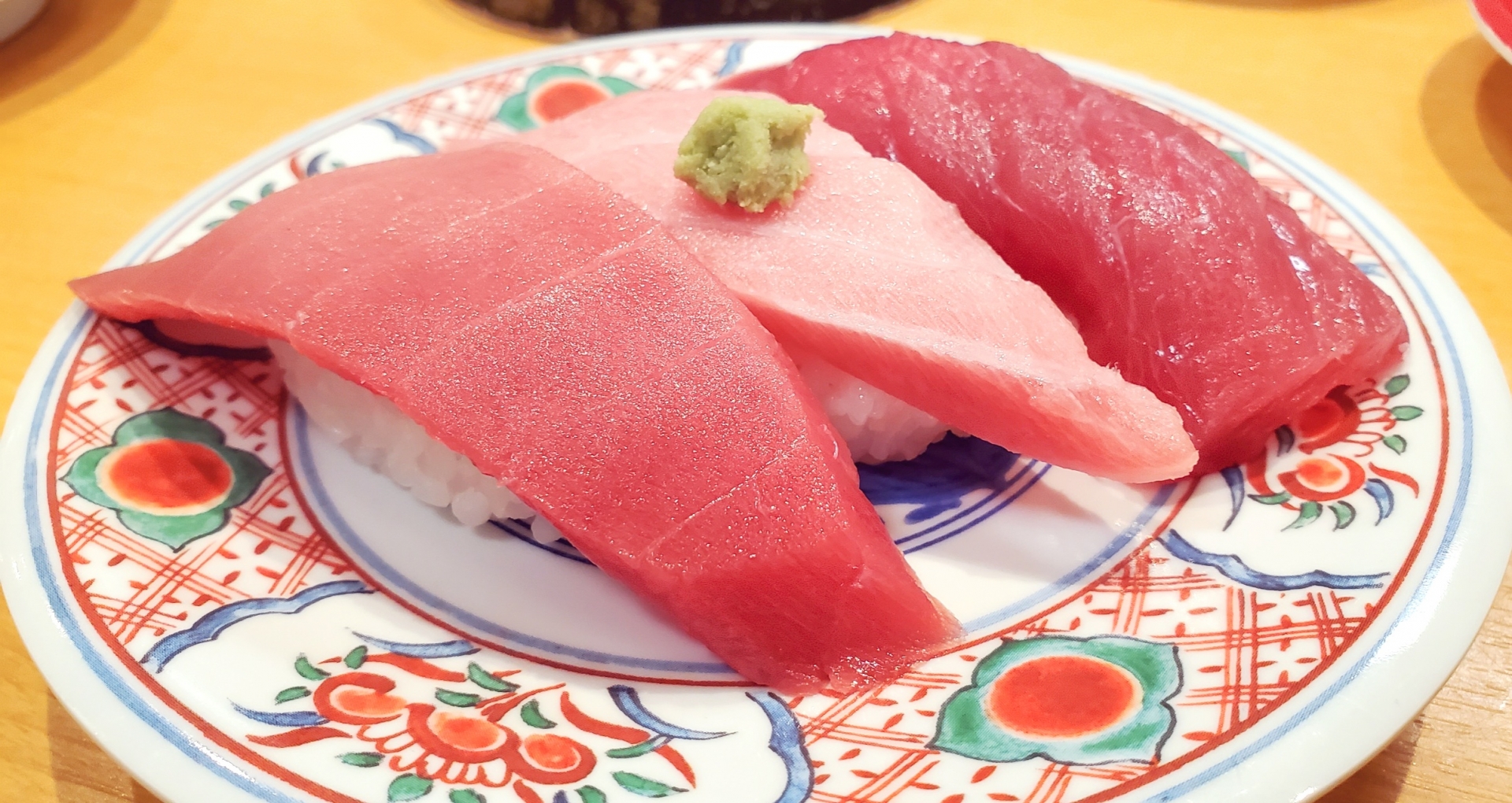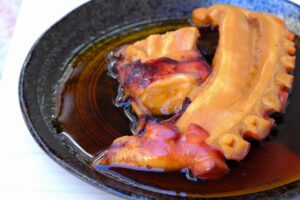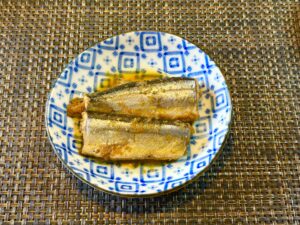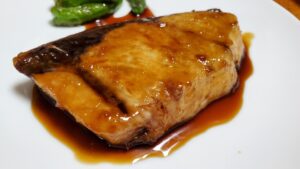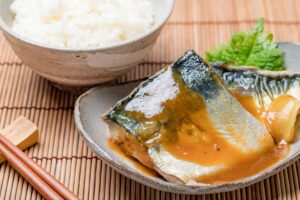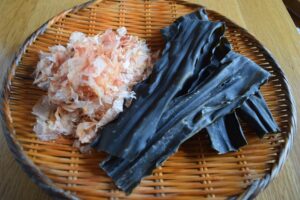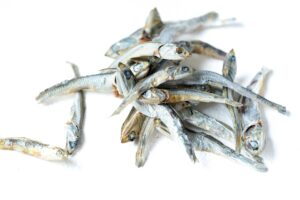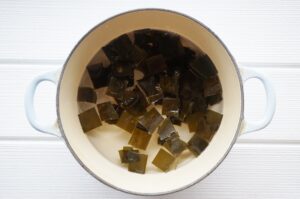Maguro, or tuna, is a cornerstone of Japanese culinary culture, revered for its use in sushi and sashimi. Its rich history, regional preparation styles, and cultural significance make it a must-know for food enthusiasts and travelers alike. This guide explores the nuances of Maguro in Japan, from its varieties to sustainability concerns.
The Cultural Significance of Maguro in Japan
Maguro is deeply embedded in Japan’s culinary traditions, symbolizing both luxury and accessibility. Historically, tuna was a staple for fishermen but gained popularity as a sushi ingredient during the Edo period when preservation techniques like soy sauce marination became common. Today, Maguro is a star in omakase menus, representing the pinnacle of sushi craftsmanship.
Maguro’s versatility extends to sashimi, donburi (rice bowls), and even grilled dishes, reflecting its widespread appeal. Its cultural prominence is celebrated at events like the tuna auctions at Toyosu Market, where whole Bluefin tuna fetch astronomical prices, highlighting its value in Japanese society.
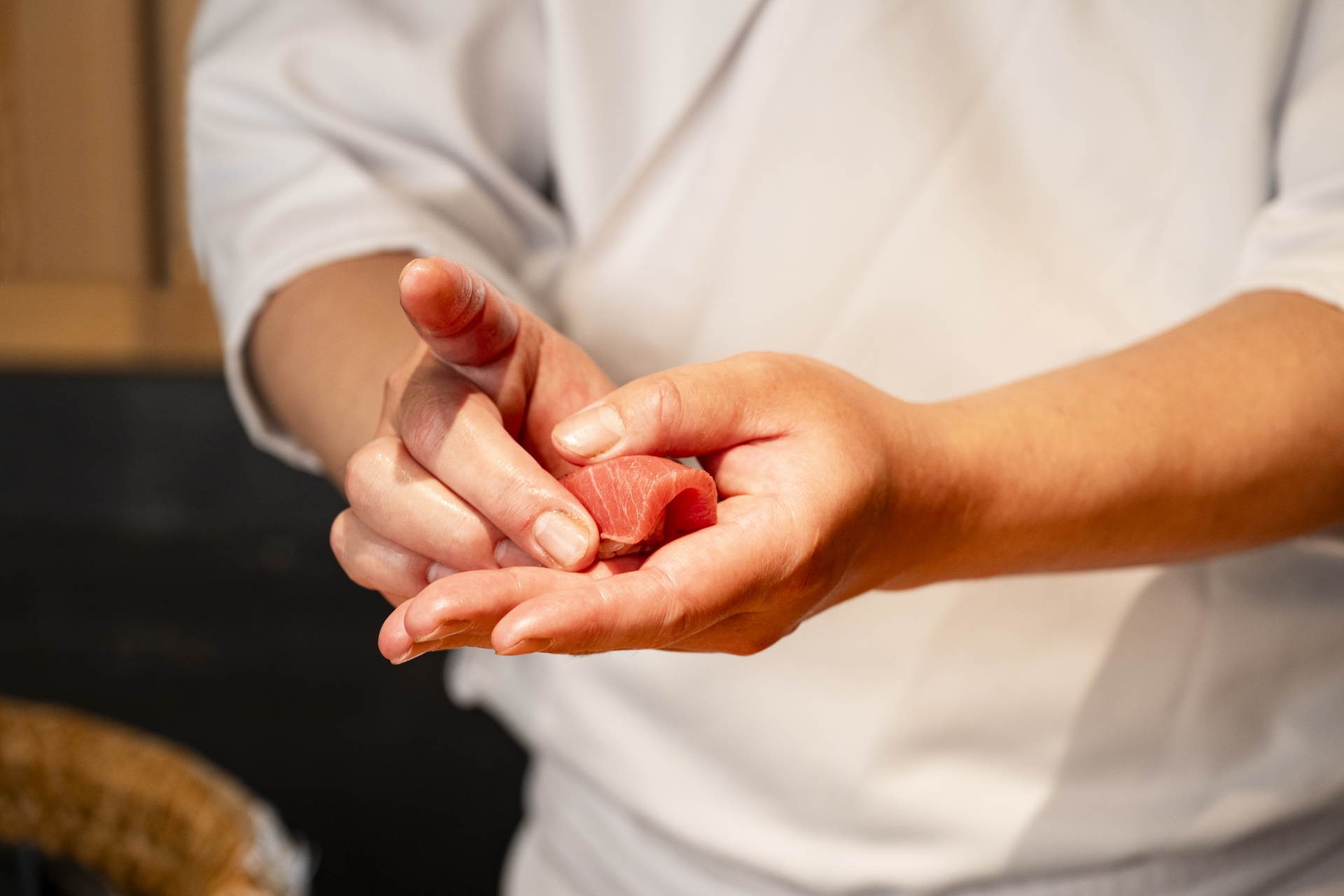
Types of Maguro and Their Unique Qualities
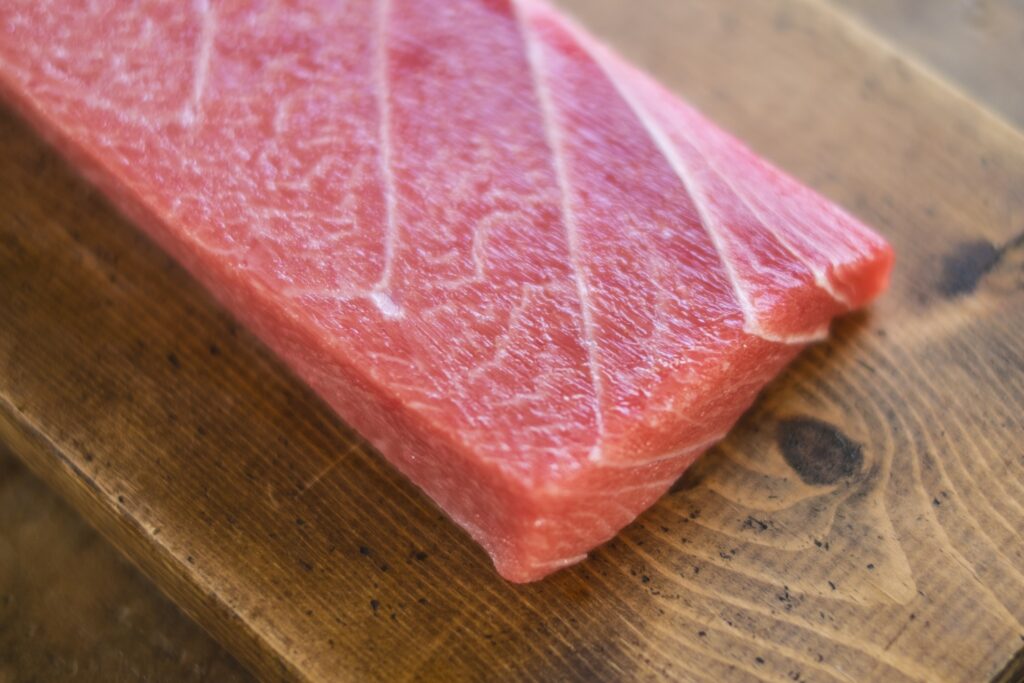
Japan’s culinary landscape features several varieties of Maguro, each prized for distinct characteristics:
- Bluefin Tuna (Honmaguro): Known for its rich flavor and high fat content, this is the most luxurious Maguro variety, with prized cuts like Otoro (fatty belly) and Chutoro (medium fatty).
- Bigeye Tuna (Mebachi Maguro): Slightly less fatty than Bluefin, Bigeye is popular for sashimi due to its deep red color and robust taste.
- Yellowfin Tuna (Kihada Maguro): Commonly used in casual sushi and poke bowls, it offers a leaner texture.
- Skipjack Tuna (Katsuo): Often smoked or dried to create katsuobushi, an essential ingredient in Japanese cooking.
Understanding these varieties helps diners appreciate the complexity of Maguro dishes and their preparation.
Where to Find the Best Maguro in Japan
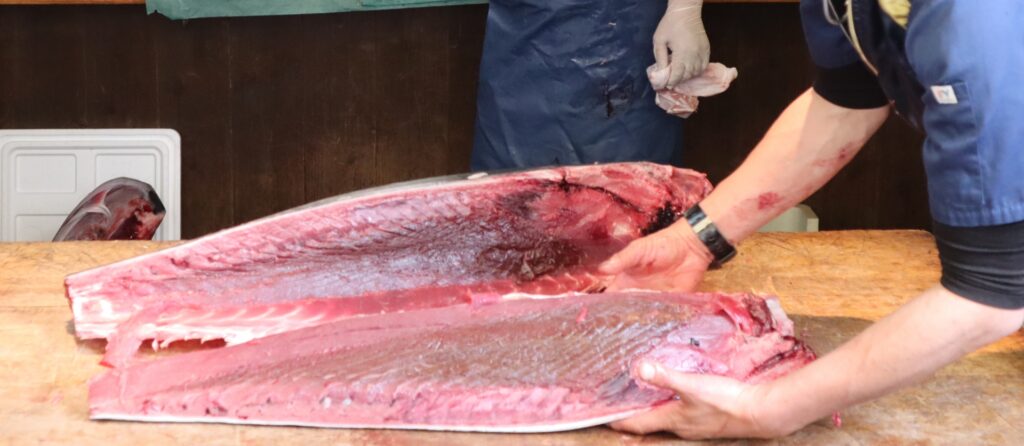
Japan offers unparalleled opportunities to experience fresh Maguro, from bustling markets to refined restaurants:
- Toyosu Market (Tokyo): The epicenter of tuna auctions, where visitors can witness the spectacle of bidding on premium Bluefin tuna.
- Sushi Dai (Tokyo): Renowned for its melt-in-your-mouth Maguro sushi, this spot is a favorite for locals and tourists.
- Osaka’s Kuromon Market: A street food haven where grilled and raw Maguro dishes are served fresh.
- Hokkaido: Known for its seafood, this region offers exquisite Maguro donburi.
Pro tips for travelers: Arrive early to fish markets and book reservations at high-demand sushi establishments to secure your spot.
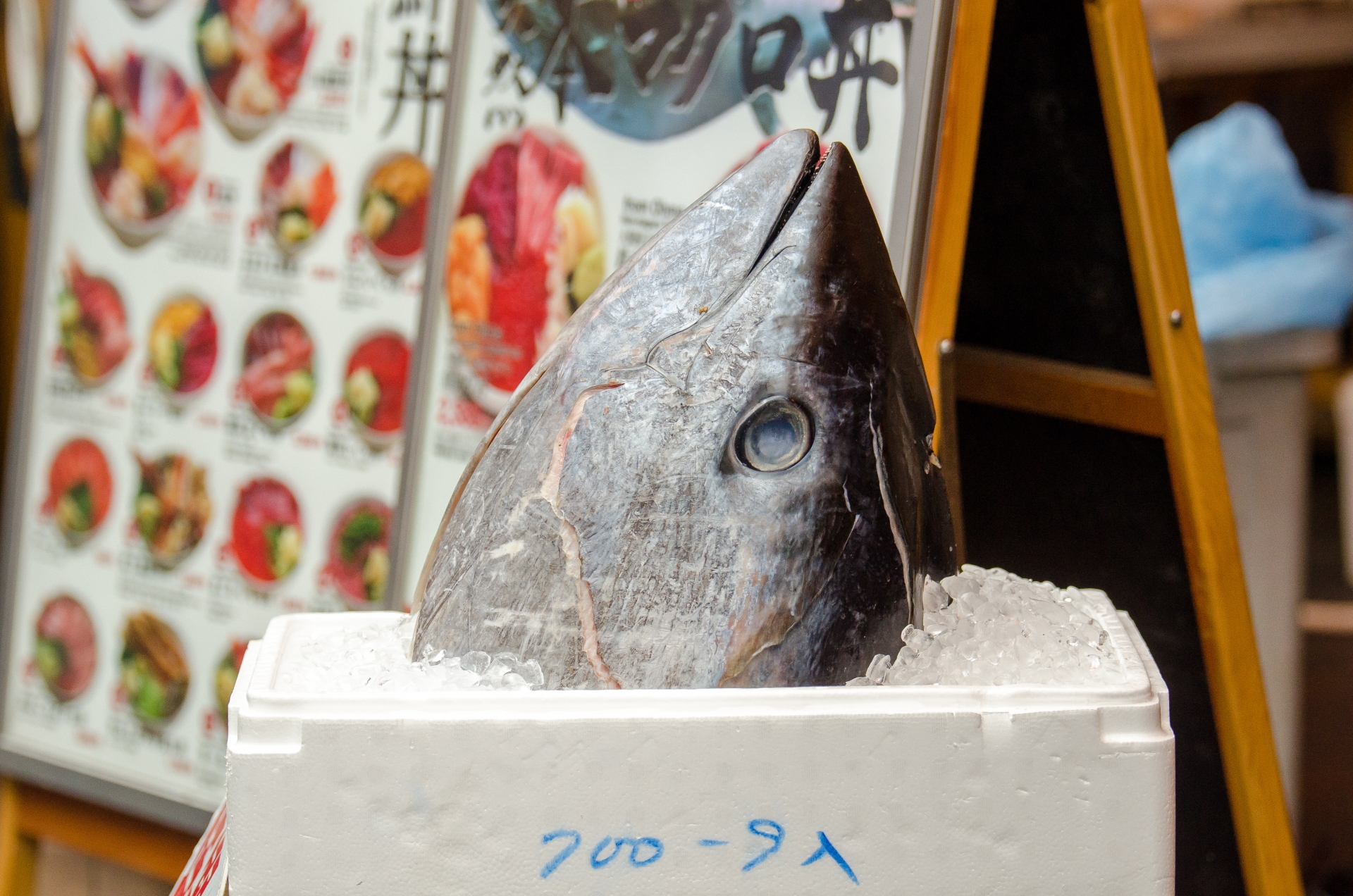
The Sustainability of Japan’s Tuna Industry
While Maguro is a cultural treasure, its popularity has led to overfishing concerns. Bluefin tuna, in particular, faces significant population declines due to high demand.
Efforts to promote sustainable practices include:
- Farming Innovations: Japan is advancing aquaculture techniques to farm Bluefin tuna.
- Regulatory Measures: Stricter fishing quotas and international agreements aim to curb overfishing.
- Consumer Awareness: Encouraging diners to choose sustainable options like farmed or less endangered tuna species.
Balancing tradition with conservation is crucial to ensuring the future of Maguro in Japanese cuisine.
Cooking with Maguro: Recipes and Techniques
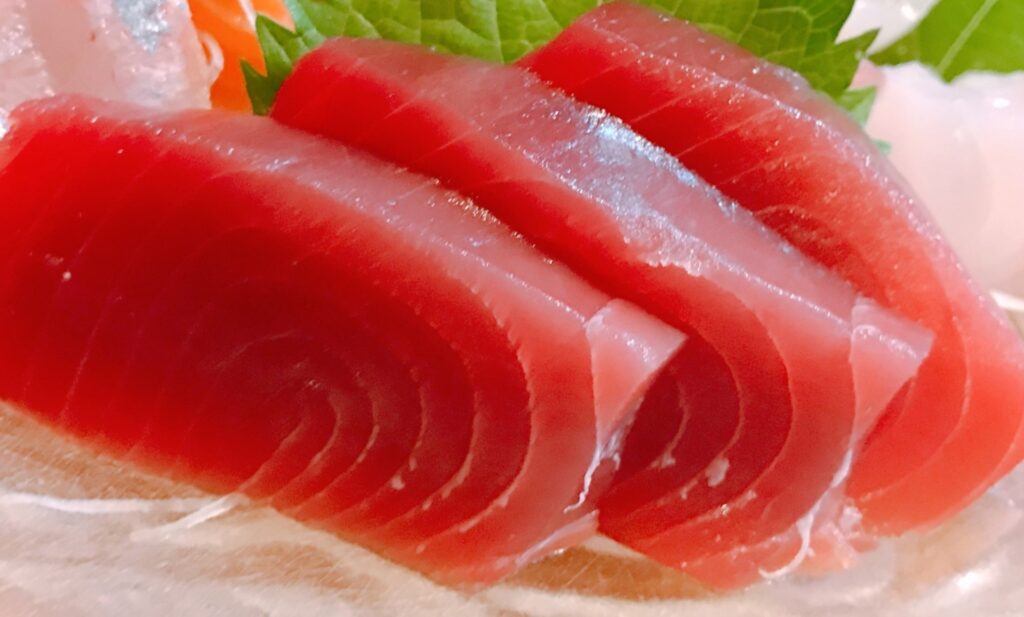
Maguro’s versatility shines in Japanese home cooking. Popular preparations include:
- Sashimi: Serve thin slices with soy sauce, wasabi, and pickled ginger.
- Maguro Zuke Don: Marinated tuna over rice, garnished with scallions and nori.
- Grilled Maguro: Lightly seared steaks seasoned with soy sauce and mirin.
When purchasing Maguro, look for deep red, firm flesh for sashimi and slightly lighter cuts for grilling. Keep it fresh and consume promptly for the best flavor.
Regional Differences in Maguro Dishes
Japan’s regions bring unique flair to Maguro dishes:
- Kanto (Eastern Japan): Focuses on sushi and sashimi, emphasizing the quality of raw fish.
- Kansai (Western Japan): Prefers grilled preparations, often pairing Maguro with tangy sauces.
- Kyushu: Celebrated for its soy-marinated Maguro, reflecting the region’s bold flavors.
Exploring these regional differences adds depth to any culinary journey through Japan.
Conclusion
Maguro in Japan represents more than a delicacy—it’s a cultural symbol, a culinary art form, and a topic of global sustainability. Whether you’re savoring sushi at a Michelin-starred restaurant, visiting a bustling fish market, or experimenting with Japanese recipes at home, Maguro offers a rich tapestry of flavors and traditions.

